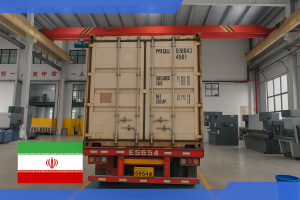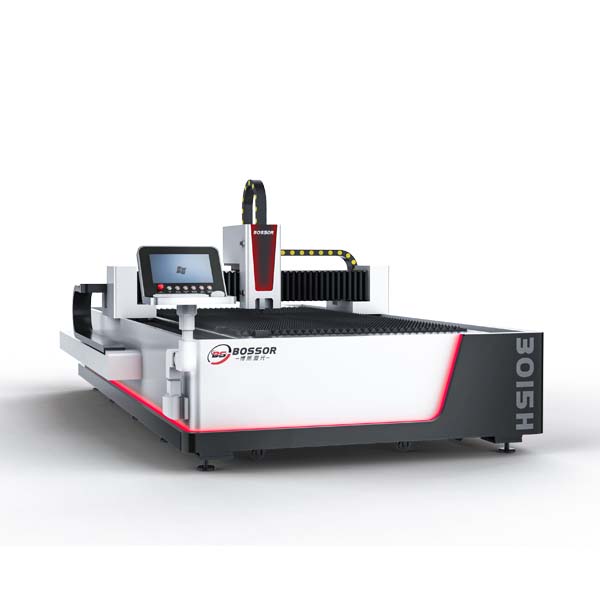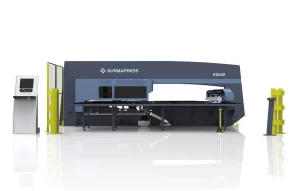
Оглавление
Learn what a punch press is, how it works, and where it fits in modern fabrication. Full comparison with press brakes, tooling, applications, and CNC advantages.
Свяжитесь с нами
Последние сообщения
Категории
Следуйте за нами
Еженедельное новое видео
In modern metal fabrication environments—where cycle time, accuracy, and flexibility directly define a manufacturer’s competitiveness—the punch press remains one of the most valuable and reliable machines on the shop floor. Although advanced technologies such as laser cutting and automated bending continue to expand, the punch press machine maintains a critical role in today’s production processes due to its unmatched speed, low operating cost, and ability to punch, form, and emboss sheet metal in a single workflow.
This article takes a deep dive into what a punch press is, how it works, the types available, where it fits within a fabrication workflow, and why industrial manufacturers still rely heavily on high-performance punching equipment.
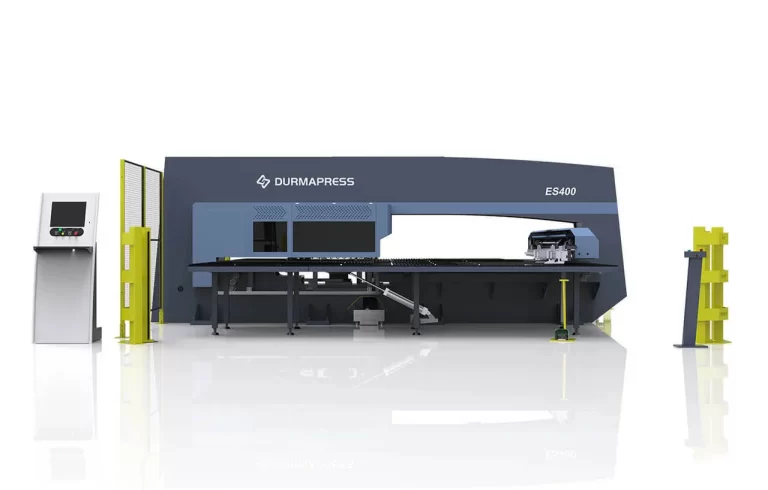
What Is a Punch Press?
A вырубной пресс is a machine that uses a punch-and-die set to remove or form material from sheet metal. The punch descends with controlled force, creating holes, knockouts, notches, or shapes—an operation commonly referred to as pressing and punching.
Unlike cutting-only systems, a punch press performs multiple processes with a single stroke:
Piercing
Slotting
Notching
Louvering
Embossing
Shallow forming
Because of this versatility, a machine punch press is widely adopted in fabrication shops that require high-throughput production of panels, enclosures, chassis components, or perforated sheets.
Punch Press vs. Press Brake
Many new buyers confuse a punch press with a press brake. They are not the same.
A punch press removes or forms material.
A press brake bends material.
Both machines are frequently used together in production lines—sometimes referred to as a brake press punch workflow. This pairing is especially efficient for sheet metal products requiring punching first and bending later.
If you’re researching bending equipment, consider also reading: what is a press brake.

While different models vary in drive technology, the general workflow remains consistent:
Tooling Setup
The punch (upper tool) and die (lower tool) are installed.Sheet Positioning
CNC-controlled clamps move the sheet into precise locations.Pressing Punch Stroke
The punch accelerates downward to penetrate the sheet.Material Removal & Scrap Handling
Slugs fall into a scrap bin or are cleared by an automated system.Repeat Cycles
Modern CNC punching technology allows hundreds of strokes per minute, ideal for repetitive hole patterns.
This combination of precision and speed makes the punch press machine a core asset in metal fabrication.
Types of Punch Press Machines
Mechanical Punch Press
Known for high speed and consistent cycles—ideal for thin materials and high-volume jobs.
Гидравлика Punch Press
Offers higher tonnage and smoother force control, suitable for thicker metals and forming applications.
Servo-Electric Punch Press
Energy-efficient, quiet, and highly accurate—preferred for modern environmentally conscious fabrication shops.
Револьверный штамповочный пресс с ЧПУ
The flagship choice for flexible production.
A turret houses multiple tools, enabling automatic switching between shapes and features without manual setup.
This flexibility reduces downtime and increases the range of punch press products a shop can produce.
Core Applications in Today’s Fabrication Shops
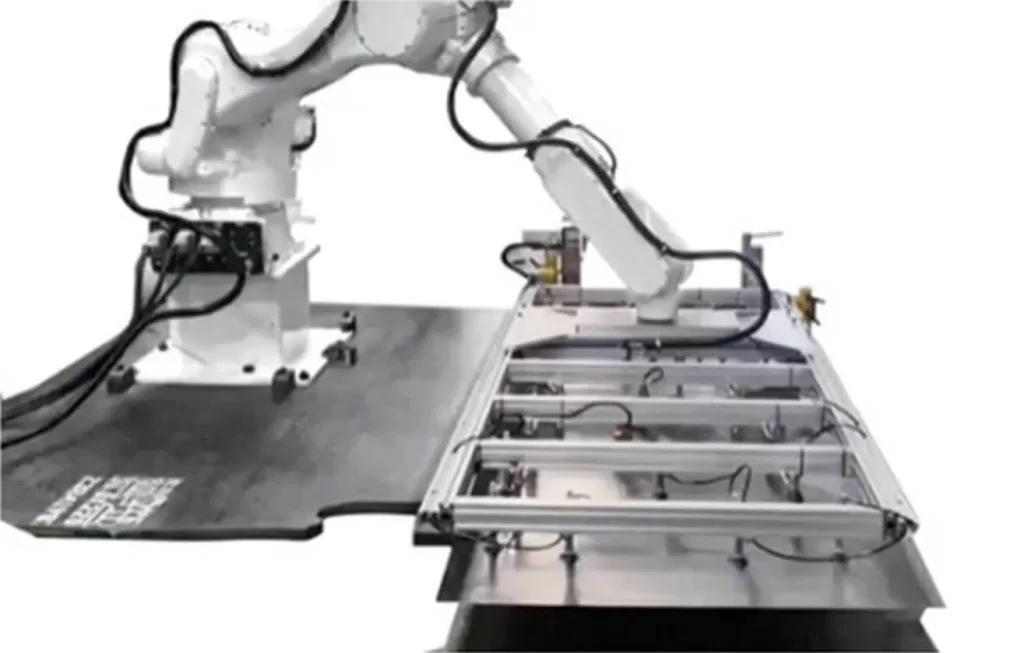
Punch presses are relied on across many industries due to their speed and repeatability. Common applications include:
Perforated Panels & Ventilation Grids
The punch press machine creates uniformly spaced holes faster and more cost-effectively than most laser systems.
Electrical Cabinet & Control Panel Components
Punching of mounting slots, cable knockouts, and access holes is consistent and repeatable.
HVAC Components
Ductwork fabrication often requires punched patterns, louvers, and embossed labels.
Automotive & Appliance Manufacturing
High-volume, standardized parts benefit from low cost-per-punch cycles.
Architectural Metalwork
Decorative perforated sheets and façade components rely on flexible tooling libraries.
Sheet metal punching remains essential in these sectors despite advances in cutting technology.
Punch Press vs. Laser Cutting: When to Choose Which?
Both machines have strong advantages and often complement each other.
| Требование | Punch Press | Laser Cutting |
|---|---|---|
| Speed for repetitive holes | Excellent | Slower |
| Complex contour cutting | Good | Excellent |
| Forming (louvers, emboss) | Excellent | Not possible |
| Operating cost | Low | Medium |
| Tooling flexibility | Medium–High | High |
Most fabrication shops operate both machines, integrating them into a larger workflow that may also include press brakes, panel benders, or automation modules.
Tooling: The Power Behind Every Punch Press
| Tooling Category | Typical Tool Types | Common Applications | Key Advantages |
|---|---|---|---|
| Standard Punch Tools | - Round - Square - Oblong - Keyholes & slots | General hole punching, part features, clearance holes, mounting slots | Handles nearly 90% of standard punching needs; fast cycle time; clean edge finish |
| Forming Tools | - Louvers - Bridge lances - Countersinks - Dimple forms | Airflow louvers, fastening features, embossing, bridge forms, countersink-ready parts | Enables functional forming that cutting-only machines cannot perform; reduces secondary processes |
| Turret Tooling (CNC) | 20–48 station tool capacity | High-mix sheet metal jobs; automated tool changes | Rapid tool switching, shorter lead time, high repeatability across batches |
Advantages of Using a Punch Press in Modern Manufacturing
1. High-Speed Production
For repetitive patterns, a punch press is dramatically faster than laser cutting.
2. Lower Operating Costs
Tooling lasts long, and energy consumption is lower (especially for servo-electric models).
3. Multi-Function Capability
One machine can punch, form, emboss, and mark parts.
4. Excellent Accuracy
CNC controls ensure tight tolerances and consistent part repeatability.
5. Ideal for High-Mix, Medium-Volume Production
Turret systems excel in environments where flexibility is just as important as speed.
What Products Can Be Produced with a Punch Press?
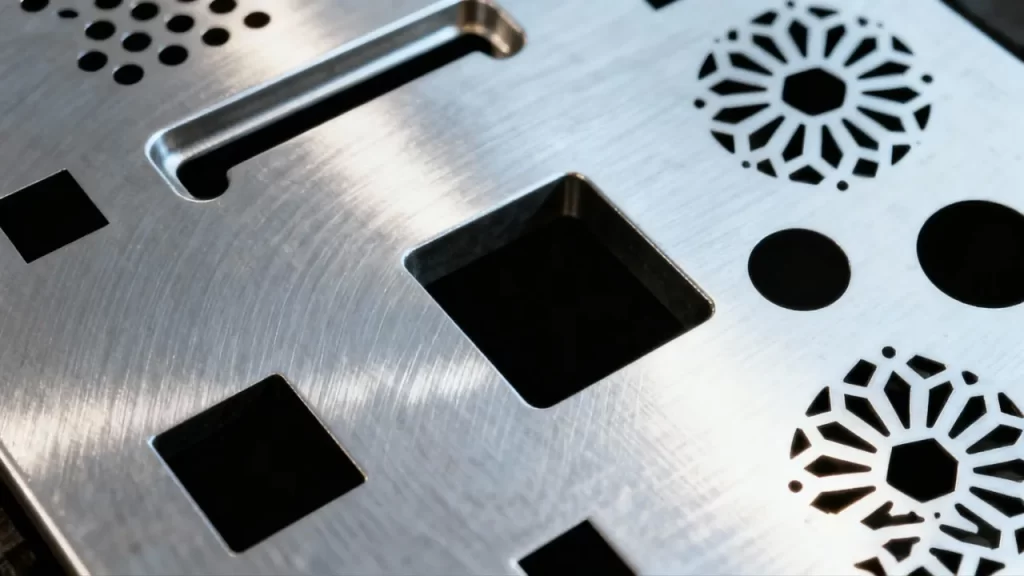
Punch press products commonly include:
Telecom and electrical enclosures
Cable trays
Industrial control panels
Machine guards
Decorative metal panels
Customized mounting brackets
Automotive interior metal plates
Ventilation covers
These products rely heavily on standardized hole patterns, making punching the most efficient solution.
How to Choose the Right Punch Press
When evaluating a punch press machine, consider:
Material Type & Thickness
Choose a machine with the tonnage suitable for your metal.
Tooling Format
Turret vs. single-station vs. forming-focused tooling.
Automation Requirements
Robotic loading, part sorting, and conveyor systems may be essential for large-volume jobs.
Production Workflow
Determine how it integrates with your bending, welding, and finishing lines.
Budget & Cost Efficiency
Assess long-term operating costs, tool life, and throughput, not just purchase price.
Emerging Trends Shaping the Industry
Servo-Driven Punching Systems
Reduced energy consumption and quieter operation.
Advanced Nesting Software
Optimized sheet layouts minimize waste.
Intelligent Monitoring Sensors
Real-time feedback on punch wear and force.
Automated Material Handling
Robotics increasingly reduce labor requirements.
Punch presses are evolving into smarter, more efficient manufacturing systems that align with Industry 4.0 standards.
Заключение
The punch press remains a cornerstone of modern sheet metal fabrication.
From repetitive hole patterns to intricate embossed features, it offers speed, versatility, and efficiency unmatched by many other technologies. For fabrication shops aiming to improve productivity, reduce operating costs, and expand manufacturing capability, the punch press continues to be an essential investment.
Whether used alongside laser cutters, press brakes, or automated handling systems, the punch press machine plays a critical role in ensuring competitive, scalable, and efficient metal fabrication operations.
📌 FAQ: Punch Press Machine for Modern Fabrication Shops
A punch press is primarily used to remove or form material from sheet metal using a punch-and-die assembly. It is ideal for repetitive hole patterns, slots, knockouts, louvers, and embossed forms. Fabrication shops rely on it for speed, cost efficiency, and multi-function shaping capabilities.
A punch press performs pressing and punching operations—creating holes or features by removing material.
A press brake performs bending operations—forming metal along a straight line.
They are complementary machines frequently used together in a brake press punch production workflow.
Punch presses can handle a wide range of metals, including:
Mild steel
Galvanized steel
Stainless steel
Aluminum
Copper and brass
The key factor is matching material thickness with appropriate punch force and tooling.
A turret punch press offers:
Multiple tooling stations
Faster tool changes
Higher flexibility for high-mix production
Standard punch presses are suitable for simple or repetitive jobs.
For shops needing versatility and constant tool switching, CNC turret punch presses are the optimal choice.
Not entirely.
Punch presses excel at:
Repetitive patterns
Forms (louvers, embosses) laser systems cannot produce
Lower cost per part in medium-thickness metal
Laser cutters excel at:Complex contours
Non-standard shapes
Most fabrication shops use both to maximize efficiency.
Stay Updated on Industrial Innovations
Subscribe to our newsletter for the latest insights on manufacturing technology, sustainability, and industry trends.


